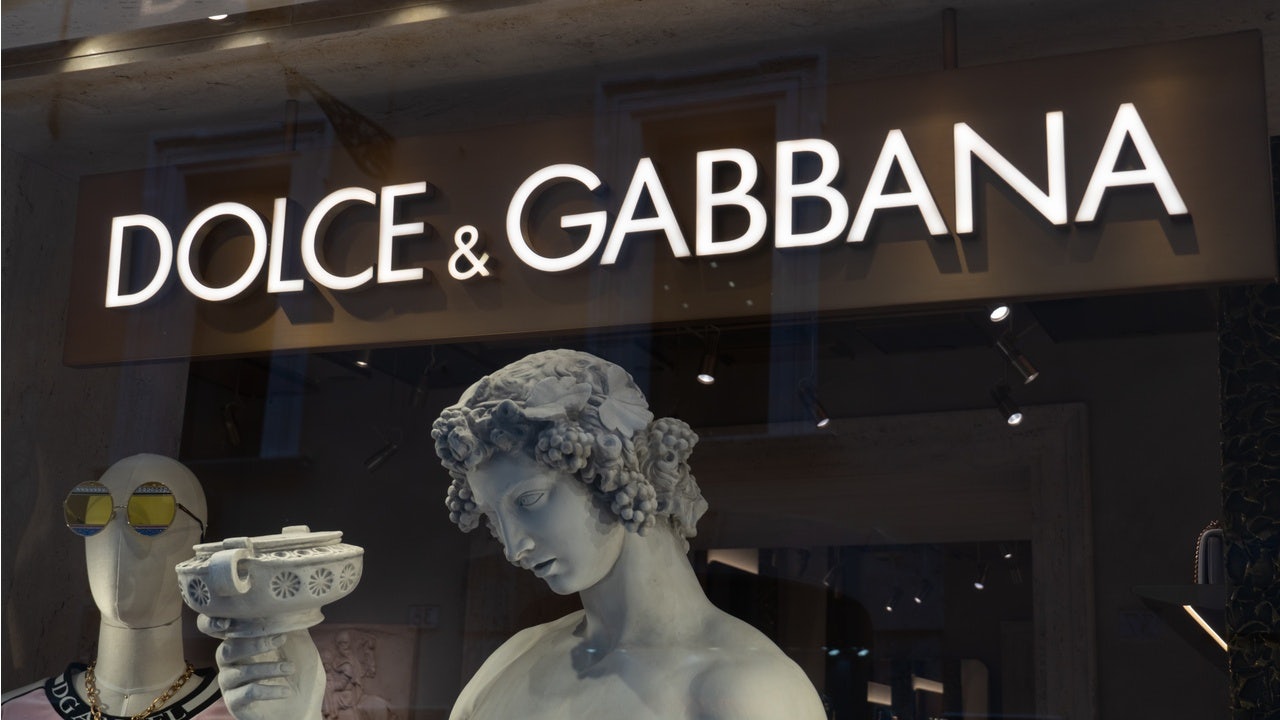Key Takeaways:#
Consumers have high expectations when purchasing a luxury product or service. When actual performance fails to meet prior expectations, consumers can become extremely negative and turn against a brand.
Brands do tend to polarize, sometimes as a deliberate positioning strategy to help strengthen brand differentiation. But executives need to ensure that extreme polarization does not alienate existing or potential customers.
Over 76 percent of Chinese Edelman survey respondents have convinced other people to stop using a brand that they felt was not acting appropriately in response to the pandemic. As such, luxury brands must monitor related social media activity.
In your next marketing meeting, ask team members to write on a piece of paper the name of a luxury brand they profess to love and to give it a ‘love score’ between one and ten. As a follow-up, ask your bemused team to explain why they love this brand. Was that easy? Now, ask the same questions but replace the word love with hate. There will certainly be a pause as your team members refocus. Observe your respondents’ facial expressions, and you’ll see: it’s no laughing matter.
This very simple exercise, which can be used at any company, reveals some hard truths. Consumers don’t just love luxury brands; they also hate luxury brands. It isn’t very difficult for respondents to spontaneously identify a brand they hate — not dislike but hate.
What is the source of luxury brand hate, and should luxury brand managers be on edge if their brand is on the most-hated list? A research study of French luxury consumers called Antecedents of Luxury Brand Hate: A Quantitative Study identified the following predictors of luxury brand hate:
Consumer dissatisfaction#
Consumers have high expectations when purchasing a luxury product or service. When actual performance fails to meet prior expectations, consumer reactions can be extremely negative — and that is when consumers will likely turn against a brand. Each luxury brand interaction is important. Consumers may be happy with the actual product: let’s say, the quality, design, and craftsmanship of a handbag. However, if the in-store or online service fails to match the desired expectations, consumers may reject the brand with utter disdain. Not all customers will complain, and their unhappiness may be challenging to decode. Nevertheless, it is imperative to gauge the source of consumer dissatisfaction and identify whether it is a systematic problem.
Negative stereotypes#
Negative stereotyping can occur when individuals reject a brand as it is associated with negative brand-users. That is probably the norm for many luxury fashion brands, and executives must accept that the brand will be hated for certain characteristics beyond their direct control. For example, brands with a “bling” image may be hated, as it associates with people who share a very different profile from the displeased respondent. Brands do tend to polarize, sometimes as a deliberate positioning strategy to help strengthen brand differentiation. However, executives need to ensure that extreme polarization does not alienate existing or potential customers.
Perceived corporate social performance#
Consumers care passionately about ethical issues, and socially irresponsible actions can cause them to hate luxury brands and even take a moral position against them. Alleged racism is one issue that can create not only a backlash but can sometimes predict negative word-of-mouth. An obvious takeaway is for luxury executives to ensure consistency between core values and social actions.
Negative Word-of-Mouth#
It has never been easier for consumers to post discontent about a brand on social media. A quick search reveals entire campaigns devoted to discrediting luxury brands. Angry emotions spread quickly via social media. In an Edelman survey, 76 percent of Chinese respondents agreed with the statement, “I have convinced other people to stop using a brand that I felt was not acting appropriately in response to the pandemic.” Therefore, to avert negative sentiment or at least control the narrative, luxury brands must monitor social media activity.
Today, many luxury executives are still in denial. Brand hate is real, and the fall-out should not be taken lightly. No brand manager wants their brand to be hated for the wrong reasons. Long-term brand damage can be difficult to repair. Dolce & Gabbana in China may be an extreme example, but it’s one that clearly shows the intensity of brand hate. An honest brand audit is critical for addressing the causes and implications of brand hate. But brands shouldn’t wait until it’s too late.
Glyn Atwal is an associate professor at Burgundy School of Business (France). He is co-author of Luxury Brands in China and India (Palgrave Macmillan).



